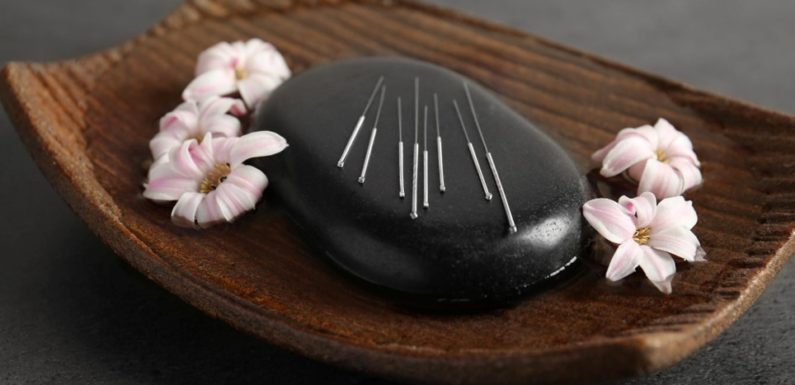
Dry needling is a relatively new form of treatment that is growing in popularity. It involves the use of needles to stimulate muscles and relieve pain. Though it may seem daunting, dry needling is a safe and effective treatment option that can provide relief for a variety of conditions. Some people also get confused between acupuncture and dry needling. In this article, we will discuss key things you must know about dry needling.
What is Dry Needling?
Dry needling is a treatment that uses acupuncture needles to relieve pain and muscle tightness. These thin, needle-like instruments are inserted into your skin at specific points to stimulate muscles or nerves, which may help treat conditions such as back pain or neck pain. Dry needling in Davie can be used for both acute (short-term) and chronic (long-term) conditions.
The “dry” in dry needling refers to the fact that no medication is injected through these needles; they are simply used as a tool for stimulating muscles or nerves, not injecting anything into them. Dry needling does not involve any chemicals being injected into your skin, so it is a relatively safe and painless treatment option.
How Does Dry Needling Help?
Dry needling is used to treat various conditions and can help relieve pain or tightness in certain areas. It works by stimulating the muscles, which promotes blood flow, and releases endorphins (also known as “feel good” hormones) that make you feel happy or relaxed. Dry needling has also been shown to help reduce inflammation.
Dry needling can be an effective treatment alternative for a wide range of conditions, including back pain, neck pain, tendonitis (inflammation of the tendon), symptoms of fibromyalgia that you might want to know about, carpal tunnel syndrome (pain and numbness in the hands), and more.
Is Dry Needling Like Acupuncture?
The short answer is yes – dry needling and acupuncture are very similar. Both involve the use of needles to stimulate muscles or nerves, and both can be used to treat a variety of conditions. However, there are some key differences between the two treatments.
For one, acupuncture generally involves inserting more needles than dry needling does. Acupuncturists may use up to 20 needles in one session, whereas dry needling usually involves only a few.
Secondly, acupuncture is typically used for treating specific conditions such as headaches or nausea. In contrast, dry needling can be used more broadly on any area that needs relief – like your back! Finally (and most importantly), dry needling is based on Western medicine, while acupuncture has its roots in Eastern medicine.
To Conclude
For a variety of conditions, dry needling can be a beneficial treatment option. So, if you’re looking for relief from pain or tightness, this may be a treatment option worth considering. However, it is always best to consult your doctor before starting any new treatment regimen.

